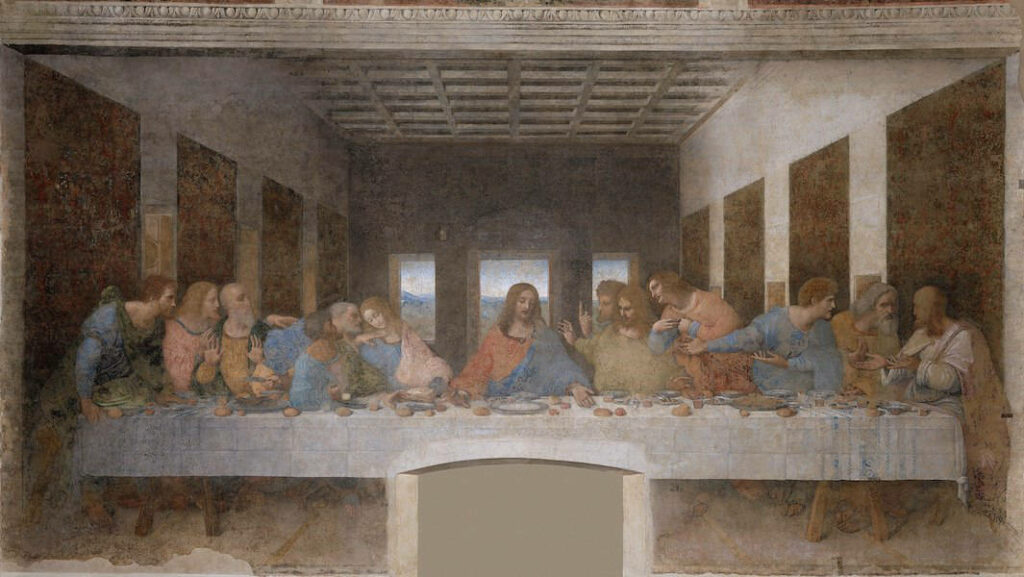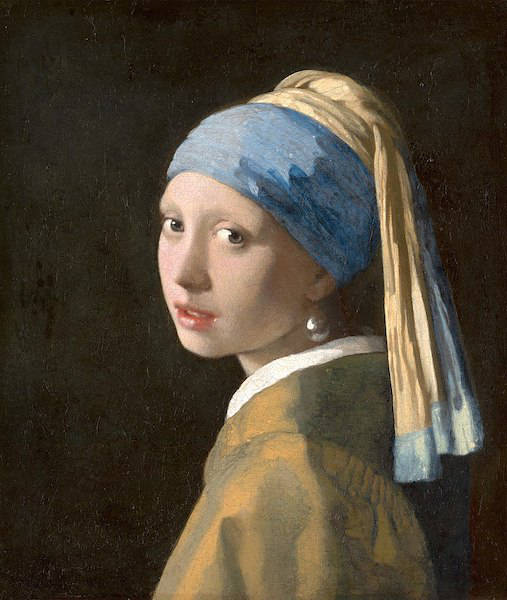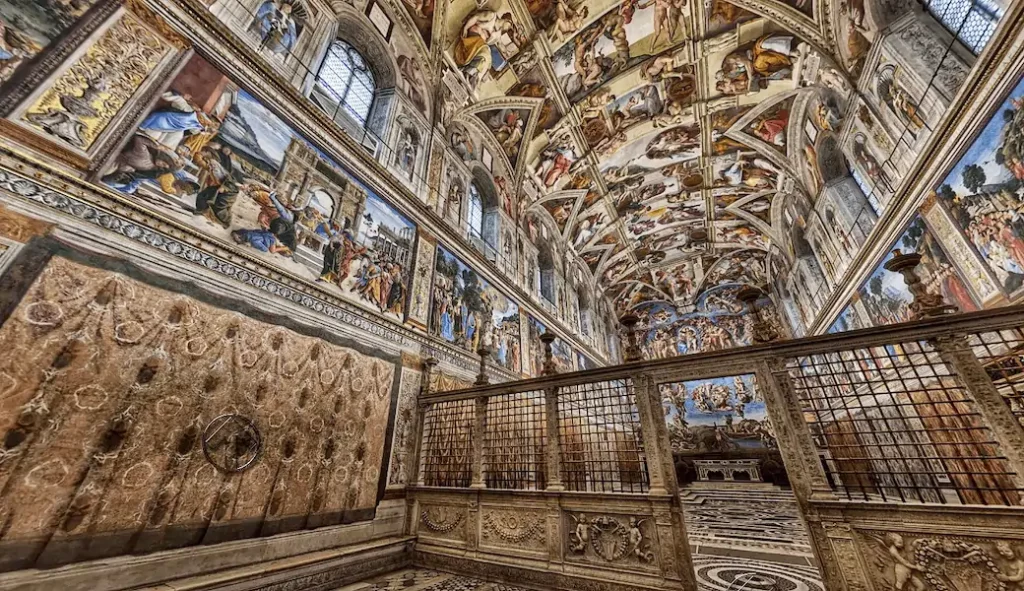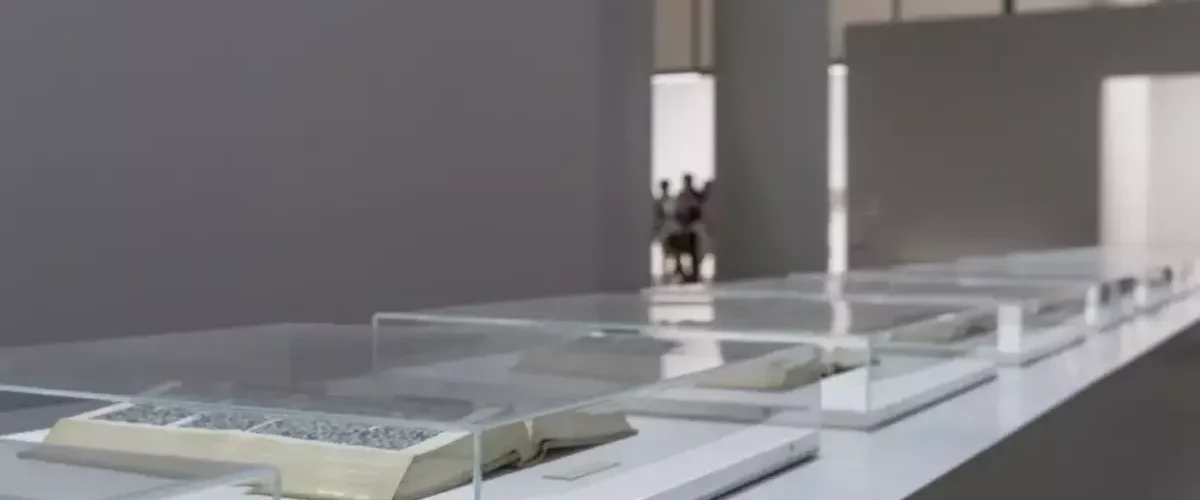Art has the power to transcend time, offering glimpses into the history, culture, and creativity of past generations. From ancient cave paintings to Renaissance masterpieces, these artistic treasures are not only a testament to human ingenuity but also a window into our shared heritage. However, preserving these priceless artworks for future generations is no easy task. Art conservation, is a multidisciplinary field that combines science, ethics, and artistry. Plays a critical role in safeguarding these masterpieces from the ravages of time and environmental damage.
Importance of art conservation
Art conservation is a vital process that seeks to protect and preserve valuable paintings for future generations to enjoy. Artworks are susceptible to various forms of deterioration, including environmental factors. Such as light, humidity, temperature, pollutants, and physical damage from handling and transport. Additionally, paintings can suffer from aging materials, previous restorations, and inherent flaws in their composition. Without proper conservation, these artworks can lose their aesthetic appeal, historical integrity, and cultural significance over time, resulting in irreparable damage.
Preservation techniques
Cleaning
Conservation professionals utilize a wide range of techniques to ensure the longevity of valuable paintings. One of the key aspects of art conservation is the cleaning process, where dirt, grime, and previous varnish layers are carefully removed from the painting’s surface using specialized solvents and tools. This process requires extensive knowledge of the painting’s materials and techniques. As well as meticulous attention to detail, to avoid any damage to the original artwork.
Stabilization
Stabilization is another crucial aspect of art conservation. This involves reinforcing or repairing weakened or damaged areas of the painting to prevent further deterioration. For instance, a conservator might use techniques such as consolidating flaking paint, repairing tears or punctures in the canvas, or reinforcing fragile areas with adhesives or supports. These interventions aim to arrest the decay process and ensure the structural stability of the painting.
Documentation
Documentation is also a critical part of the conservation process. Conservators meticulously record their observations, treatments, and materials used in a painting’s conservation, creating a comprehensive record that serves as a valuable resource for future research, analysis, and decision-making. This documentation also allows conservators to uphold ethical standards and adhere to the principles of transparency and accountability in their conservation work.
Challenges faced by art conservators
Art conservators face numerous challenges in their work, often navigating a delicate balance between preservation and aesthetics, history, and ethics. One significant challenge is determining the appropriate level of intervention. Some conservation treatments, such as removing previous restorations or overpainting, can be controversial. As they may affect the artwork’s historical and aesthetic integrity. Conservators must carefully consider the artwork’s condition, significance, and artist’s intent when making such decisions. Often consulting with curators, scholars, and other stakeholders.
Another challenge is the ethical considerations involved in art conservation. Conservators must adhere to a strict code of ethics that encompasses principles. Such as minimal intervention, reversibility of treatments, and preservation of the artist’s original intent. Additionally, issues such as repatriation of cultural heritage, cultural sensitivity, and ownership rights can also arise in the conservation of artworks, requiring careful ethical deliberation and decision-making.
Interesting facts
- The famous painting “The Last Supper” by Leonardo da Vinci has undergone multiple restoration attempts over the years, with the most recent restoration taking place from 1978 to 1999. This restoration involved removing layers of dirt and previous overpainting to reveal the original colors and details of the masterpiece.

The Last Supper, 1495–1498
- The conservation of “The Girl with a Pearl Earring,” a famous painting by Johannes Vermeer, involved a pioneering technique called “microscopic paint analysis.” Conservators used microscopic examination and analysis of paint samples to understand Vermeer’s painting techniques and materials, which helped in the conservation process to restore the painting to its original glory.

The Girl with a Pearl Earring, 1665
- In 2003, the conservation of the Sistine Chapel frescoes by Michelangelo was undertaken, involving meticulous cleaning and stabilization of the delicate frescoes that adorn the ceiling and walls of the chapel. The project took several years and involved innovative techniques to carefully remove centuries of grime and dirt without damaging the original frescoes.

- X-ray and infrared imaging techniques are often used in art conservation to reveal hidden layers or underlying compositions in paintings. These non-invasive methods help conservators understand the artist’s techniques, changes made during the painting process, and previous restorations, aiding in informed decision-making during the conservation process.
- Some artworks require preventive conservation measures, such as controlling environmental conditions, to slow down deterioration. For example, the famous painting “Starry Night” by Vincent van Gogh is displayed in a controlled environment with specific temperature, humidity, and lighting conditions to prevent further degradation of the delicate paint layers.

Starry Night, 1889
Conclusion
Art conservation is a complex and interdisciplinary field that plays a vital role in preserving our artistic heritage for future generations. Through the use of scientific techniques, ethical considerations, and artistry. Conservators work tirelessly to protect and restore valuable paintings, ensuring that they continue to captivate audiences with their beauty, history, and cultural significance. From cleaning and stabilization to documentation and decision-making, art conservation is a labor of love that requires expertise, meticulousness, and a deep appreciation for the value of art in our world.
In conclusion, art conservation is a crucial process that upholds the longevity and integrity of precious paintings. Safeguarding them for future generations to appreciate and admire. By employing a combination of scientific knowledge, ethical considerations, and artistic skill. Art conservators ensure that masterpieces from renowned artists like Leonardo da Vinci, Johannes Vermeer, and Michelangelo can be enjoyed for generations to come. With innovative techniques, careful decision-making, and a deep sense of responsibility. Art conservationists continue to make significant contributions to the preservation of our artistic heritage. Allowing these timeless treasures to endure for centuries.
